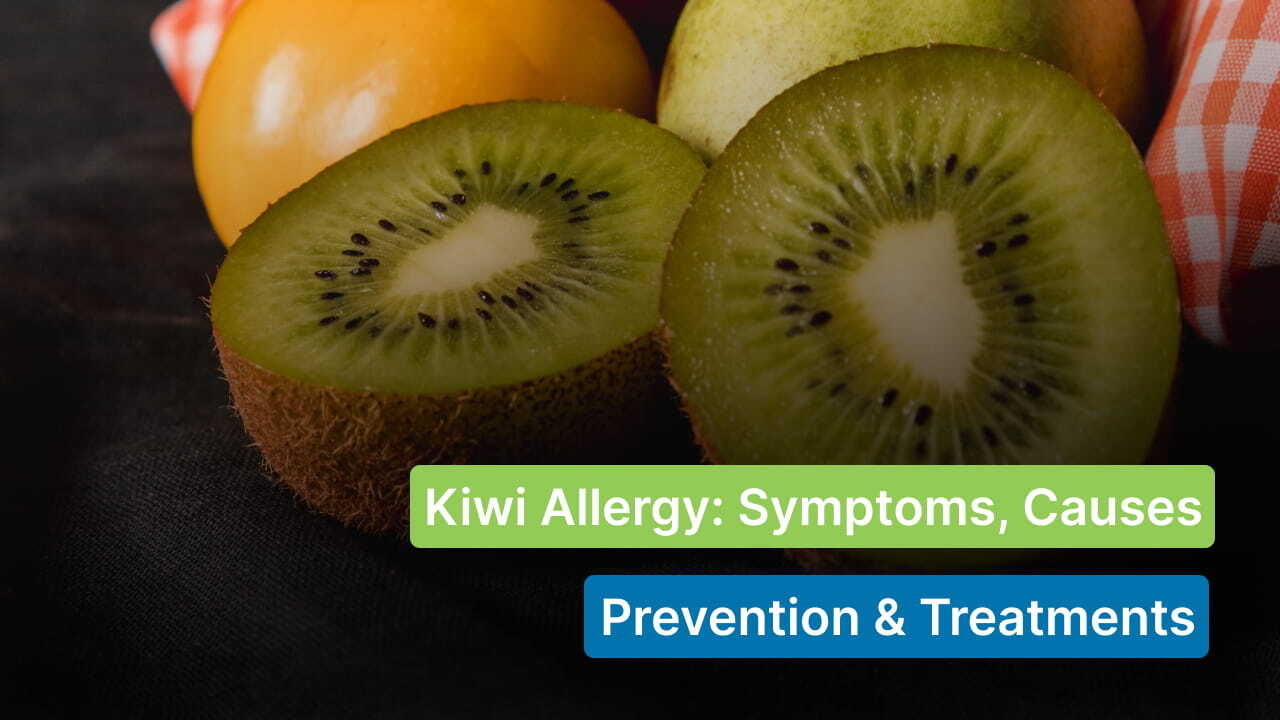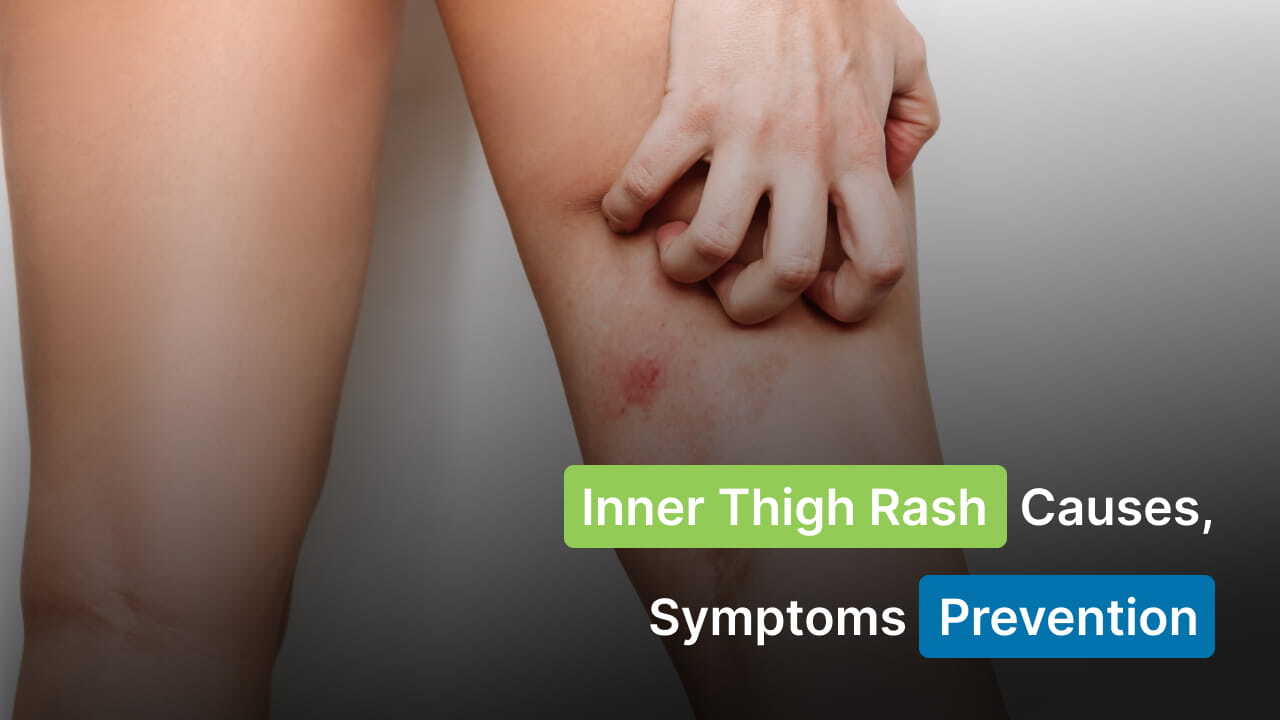
Strolling past a lush meadow, the breeze caressing your face, is one of springtime’s simple pleasures. With the scenic beauty of fauna and flora all around and their perfume in the air, this time of year is ideal to spend outdoors. However, the decadent fragrance of nature isn’t all that’s in the air.
Springtime is also the season when plants release pollen to maximize their chances of successful pollination. This can be a cause for concern to many because pollen is a common, and quite exasperating, allergen.
Being afflicted with pollen allergies can make it difficult to spend time outdoors. This is especially true if you are allergic to anemophilous, or wind pollination, pollen like birch pollen, as pollen is ever-present in the atmosphere.
However, knowing the intricacies of the allergy can help you manage it and navigate your environment safely. This article is bound to help you if you, or your loved ones, are looking to learn about, and tackle, birch pollen allergy.
What are allergies? What is pollen allergy?
Allergies refer to a certain condition caused by substances in the environment, generally considered harmless, that a person is hypersensitive to, which triggers a negative reaction in their body. These substances, commonly referred to as allergens, are mistaken to be a threat to those who suffer from a particular allergy.
When a person afflicted with a particular allergy comes into contact with the corresponding allergen, their immune system is triggered and releases histamines that can cause inflammation and other negative effects in their bodies.
Some common conditions caused by allergies include hay fever, atopic dermatitis, allergic asthma, and anaphylaxis in severe cases. Allergies can be identified through symptoms like rashes, watery red eyes, runny nose, wheezing, coughing, breathing difficulty, or swelling.
Pollen allergies, also known as hay fever, are one of the most common types of allergies that affect a large number of people.
When a person afflicted with pollen allergy inhales pollen, their immune system produces antibodies that trigger the release of histamines and other chemicals in the body.
These chemicals cause inflammation in the nasal passages, sinuses, and eyes, leading to symptoms such as sneezing, a runny nose, itchy and watery eyes, congestion, and sinus pressure.
Many cases of pollen allergies are mild and result in moderate symptoms like sneezing. Pollen allergies are usually seasonal, with symptoms typically occurring during the spring and fall months (when pollen counts are at a peak).
However, some people may experience symptoms year-round if they are allergic to pollen from plants that produce pollen throughout the year, like ragweed, mountain cedar, and ryegrass.
Additionally, cross-reactivity and Oral Allergic Syndrome (OAS) are also a concern for people with certain pollen allergies.
What is birch pollen?
Birch pollen is the pollen shed from birch trees. Birch trees are deciduous hardwood trees from the genus Betula. It is a common allergen that affects many people around the world, particularly during the spring season.
The pollen is produced by the male catkins of the birch tree and is carried by the wind to female flowers for fertilization.
Birch pollen is most commonly found in the northern hemisphere, particularly in temperate regions like Europe, North America, and Asia, where birch trees are abundant.
The pollen levels are typically highest during the spring season when the trees are in full bloom. About 5.5 million pollen grains are produced by every single birch tree.
What is birch pollen allergy?

Birch pollen allergy is a type of pollen allergy that occurs when the immune system overreacts to the pollen released from birch trees. When a person afflicted with birch pollen allergy inhales the allergen, their immune system produces antibodies that trigger the release of chemicals like histamine in the body.
These chemicals cause inflammation in the nasal passages, sinuses, and eyes, leading to symptoms such as sneezing, a runny nose, itchy and watery eyes, congestion, and sinus pressure.
Birch pollen allergy is usually seasonal, with symptoms typically occurring during spring when birch trees are pollinating. However, some people may experience symptoms year-round if they are allergic to other types of pollen or have a cross-reactive allergy to certain fruits and vegetables.
Symptoms of birch pollen allergy
Birch pollen allergy is triggered when a person afflicted by the allergy comes into contact with birch pollen. This leads to various symptoms like –
Sneezing –
Birch pollen can irritate the nasal cavity when inhaled. This results in involuntary sneezing to expel the pollen from the body.
Nasal congestion –
Birch pollen can cause inflammation in the nasal cavity, resulting in a congested sensation within the nasal airways.
Runny nose –
When inhaled, birch pollen can irritate the wall linings of the oral mucosa, leading to a runny nose.
Sinus pressure –
Inhaling birch pollen can cause inflammation in your sinus membranes, which causes them to thicken and results in a blockage in mucus drainage. This causes sinus pressure in your face, leading to pain and headache.
Sore throat –
Inhaling birch pollen through the mouth can infect the inner throat membrane, leading to a sore throat.
Watery red eyes –
Those who suffer from eye sensitivities during allergic reactions find that, when coming into contact with birch pollen, the antibodies in the mast cells of the eyes release histamines, which leak into tiny blood vessels and lead to itchy, red, and watery eyes.
Skin rashes –
In some cases, people afflicted with birch pollen allergies may develop rashes, or atopic dermatitis, when their skin comes in contact with pollen.
Coughing –
Sore throat caused by birch pollen allergy can lead to a case of chronic dry coughs when exposed to a large amount of birch pollen.
Difficulty breathing –
Birch pollen can infect the oral mucosa of the affected individual, leading to the thickening of the cavity walls, which ultimately causes a blockage. This causes difficulty in breathing and shortness of breath. This symptom is often accompanied by wheezing.
Swelling –
In some severe cases of hay fever, infection as a result of coming into contact with birch pollen can lead to swelling in the face, lips, tongue, or throat.
Symptoms might take several days to show up the first time you come into contact with birch pollen. In subsequent contact with the allergen, symptoms usually appear within minutes to a couple of hours after exposure to birch pollen and can last for several days to weeks.
In severe cases, the allergic reaction can cause anaphylaxis, which is a life-threatening condition that requires immediate medical attention.
Causes of birch pollen allergy
Birch pollen allergy is caused by the hypersensitivity of the immune system to birch pollen. When a person with birch pollen allergy inhales, consumes, or comes into contact with birch pollen, the immune system mistakenly identifies it as a threat and releases histamine. This causes inflammation in the oral mucosa and leads to other symptoms of the allergy.
Several risk factors can determine the likelihood of being afflicted by birch pollen allergy:
Genetics:
Allergies tend to run in families, and having a family history of allergies can increase the risk of developing a birch pollen allergy.
Environmental factors:
Exposure to pollution, cigarette smoke, and other environmental factors can increase the risk of developing allergies.
Age:
Birch pollen allergies are more common in children and young adults but can develop at any age.
Pre-existing allergies:
People afflicted with other allergies, such as dust mites or animal dander, are more likely to develop a birch pollen allergy.
Immune system disorders:
Certain immune system disorders, such as autoimmune diseases, can increase the risk of developing birch pollen allergy.
Birch pollen allergy and Cross-reactivity
Cross-reactivity is a condition where a person suffering from a certain allergy is prone to face the effects of another allergy due to the similarity between the allergens.
Cross-reactivity commonly occurs with pollen allergy, as the protein in pollen can be similar to certain proteins found in fruits. This means that having a pollen allergy could result in the person developing symptoms of certain food allergies as well.
Having a birch pollen allergy can cause cross-reactivity with several tree species like apples, stone fruits, celery, carrot, nuts, cherry, kiwis, pears, plums, and soybean.
When these fruits are consumed by someone suffering from birch pollen allergy, their immune system might mistake the protein in these fruits to be birch pollen, triggering an allergic reaction.
Therefore, it is vital that those diagnosed with birch pollen allergy keep an eye out for any reactions when consuming these fruits.
Birch Pollen Allergy and Oral Allergy Syndrome
Oral Allergy Syndrome (OAS) is an allergic reaction that arises from oral contact with certain fruits, vegetables, or nuts. It is a type of food allergy caused by the cross-reactivity of pollen allergies.
It is also referred to as the “pollen-food allergy syndrome”, as it is a food allergy borne as a side effect of pollen allergy.
Birch pollen-related food allergy is among the most commonly occurring OAS and is caused when certain cross-reactive fruits are consumed. It causes an allergic reaction that is generally confined to the lips, mouth, and throat.
While general food allergies are caused by the immune system’s hypersensitivity towards certain proteins in fruits, OAS is caused as a result of the similarity of certain proteins in some fruits to the protein found in pollen. In extreme cases, OAS can lead to anaphylaxis, which can be fatal.
Prevention of birch pollen allergy
The best way to prevent any allergy is by avoiding contact with the allergen.
However, it is difficult to prevent birch pollen allergy, as the allergens are transferred through wind and can be inhaled unconsciously. That being said, it is possible to limit contact with birch pollen by following certain tips:
– Keeping track of pollen count data (if available): Pollen count is measured as the amount of pollen per cubic meter in the previous 24 hours. Birch pollen allergy generally occurs when the pollen count exceeds 50.
– Avoid going out on dry, windy days during spring: Birch pollen is typically dispersed during spring and is carried by the wind. You are more susceptible to coming into contact with the allergen on a dry, windy day.
– Using a face mask: Wearing a face mask can help you filter the air you breathe, avoid contact with pollen and protect you from other harmful substances.
– Traveling in enclosed vehicles: Avoid rolling down the windows of your car while traveling, as pollen can seep into the vehicle.
– Drying your clothes indoors: One of the major causes of pollen allergy is due to wearing clothes with pollen on them. Wet clothes that are hung to dry outside tend to absorb pollen from the wind.
– Washing your clothes and hair after a day out: Spending time outdoors can result in pollen sticking to your hair and clothes. If you have pets, it can stick to them as well. These must be washed after spending extended periods of time outdoors.
– Rinsing fruits, vegetables, and other fresh produce before consumption: Pollen might stick to other products, or plants, due to the wind. It is important to wash produce before consuming them.
– Avoiding certain fruits: Make a full list of fruits that can cause cross-reactivity due to birch pollen allergy. Take active steps to avoid consuming these fruits, both directly, or as an ingredient in other food.
Treatments for birch pollen allergy
Birch pollen allergy, like other allergies, cannot be cured completely. However, it is possible to manage the symptoms. This can be done using certain treatments like:
Antihistamines –
These are drugs that block the production of histamines by the immune system. The release of histamines is the primary cause of birch pollen allergy symptoms.
Antihistamines can treat symptoms like sneezing, wheezing, itching, and conjunctivitis. These drugs can be either taken orally or nasally.
Intranasal corticosteroids –
They are steroid nasal sprays that build a therapeutic defense against symptoms over time. Corticosteroids are used to manage symptoms like sneezing, rhinorrhea, itching, and nasal congestion.
Decongestants –
A topical decongestant may be used to treat congestion in the mucosa.
Immunotherapy –
This can be used in cases where the patient is afflicted with a mild form of allergy. The patient is exposed to the allergen, starting with a minute amount which is slowly ramped up to a larger quantity.
When done progressively over time, it can help desensitize the body toward that allergen.
Conclusion
Having an allergy can make it difficult to navigate the environment around you, as there is a possibility of coming into contact with your allergen in most places. Arming yourself with knowledge regarding your allergy can go a long way in helping you manage your allergy with minimal disruptions to your day-to-day life.
People suffering from allergies should reach out to their healthcare provider to get a thorough understanding of their respective allergies.
Understanding the nature and severity of your allergy can help you devise the right way to navigate it.
FAQs
Q1: Is birch pollen allergy a type of food allergy?
Ans: Birch pollen allergy is a pollen allergy that affects the respiratory tract of affected individuals. However, cross-reactivity can be the cause of food allergies to certain fruits.
Q2: Is it possible to cure birch pollen allergy?
Ans: It is not possible to completely cure birch pollen allergy. However, it can be easily managed by following certain preventive measures and taking appropriate medication. People afflicted with a mild form of the allergy can desensitize their bodies to birch pollen over time by undergoing immunotherapy.
Q3: Why does birch pollen allergy cause Oral Allergy Syndrome (OAS)?
Ans: Birch allergy causes OAS due to cross-reactivity with certain fruits. This occurs because of the similarity in the protein found in these fruits with the protein present in birch pollen. This causes an allergic reaction when such fruits are consumed by a person suffering from birch pollen allergy.
Q4: Can birch pollen allergy cause anaphylaxis?
Ans: It is extremely rare for hay fever to lead to anaphylaxis. However, anaphylaxis is indeed possible and is predicted to occur in around 2-5% of cases.
Read Also:












